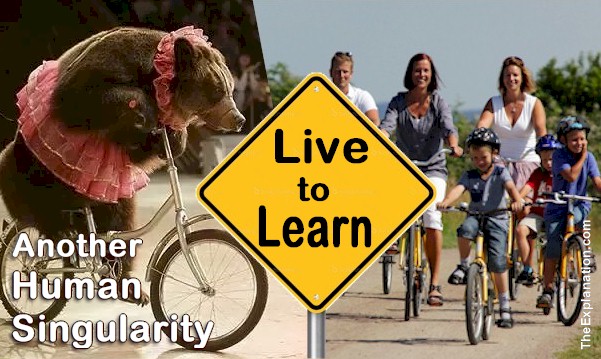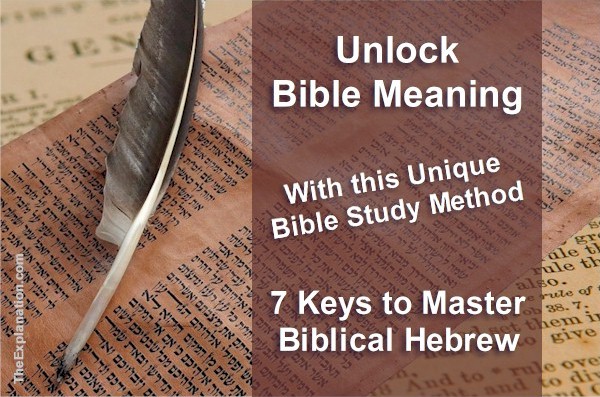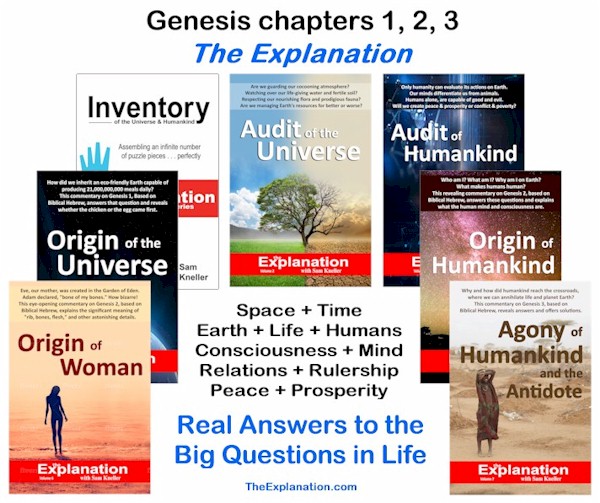A few bears do learn to ride bicycles–in a circus; only because humans teach them; on the other hand, humankind learns all their life.

A bear, by itself, would never learn to ride a bike. Humans learn all their lives.
To learn is a lifelong endeavor. Start with learning how to suck your mother’s nipple end with getting out of bed when your body is wracked with arthritis. There always was, is, and will be something new to understand.
(Audit of Humankind, chapter 1.5)
When humans look up at the cloudy sky and wonder about the weather, pick up their daily newspaper, listen to the news or watch it on their mobile phone, they’re learning about the world around them and themselves. When learning stop, life stops.
Improving Your Mind
We learn all day long every day. And we don’t realize just how this singular activity sets humankind apart and above every other creature on Earth. It’s not merely that humanity is singular; it’s that humanity is so unique in so many ways. But nobody states it in so many terms; it’s as if humankind is scared to know who they are.
It's not that humankind is singular, it's that humankind is so singular in so many ways. But nobody states it in so many terms, it's as if humankind is scared to know who they are. Share on XToday education and learning are significant issues, big business, and even bigger question marks. There are thousands of methods of how to study a foreign language, a trade, a sport, a hobby, how to perfect your game, on-going training, not to talk about kindergarten, grade-school, middle-school, high-school, college, university, postgraduate and who knows how many stages I’ve left out.
Learning is so prevalent that we take it for granted. Error, it is unique to the human race. Some, like the Nobel prize-winning Malala, have made it their lifelong quest to open doors so others–in her case girls around the world–can go to school and get an education.
No creature leans a foreign language–expect humans. Parrots might project a few dozen words but they cannot converse with another parrot and certainly not with another bird. English speakers can master French and talk with anyone else who speaks Moliere’s language. Living first in Montreal, Canada, then in France, where French is not the same, to say the least, is a learning experience in itself.
First of all, mastering your own language, one of 6000 worldwide, is never-ending. I was reading Stephen Jay Gould, who was a master of penmanship. His use of action verbs and expressive adjectives makes the words explode off the page. Reading his prose is a trip into English. Not only am I learning his specialties-paleontology, evolutionary biology, and history of science–but, I’m immersed and fascinated by his writing style. Oh, but to master and come close in transmitting my message to you.

Diamond production. From rough to finished, a process with four steps that take years to master. That’s learning.
No creature masters a trade to earn a living–except humans. I went through a two-year apprenticeship in the diamond cutting industry. The goal was to understand how to take a rough diamond and go through the four stages so it would be the sparkling gem that adorns a newly married finger. I started with the most challenging step: cleaving. Diamonds have grain just like wood. As you can take an ax and split a log along the grain, so it is with diamonds.
You have to see how the grain runs in a diamond, and you have to split the diamond where there’s an impurity– to have two pure pieces. It’s an art, and some cleavers will spend hours peering into a precious stone to find the best way to cut it. You’re working with a compact but costly chunk of mineral. You also have to consider the cut in light of the final pyramid shape–pointed at one end and flat on the other.
Then there is the sawing process— like with wood, cutting across the grain–done with high-speed as-thin-as-you-can-get circular saws coated with diamond dust. Then, follows the rounding–forming the round girdle before the final polishing stage. Fifty-seven exact-angle facets glisten, so the light dives into the gem and reflects into your eye with all those scintillating rainbow colors. Get the angles wrong, and the light goes through the stone. Each stone is a new challenge for a unique work of art.
Mastering diamond cutting never ceases. I, however, made a choice and modified my career, taking me out of that industry.
Montessori Learning Method
No creature develops a learning method—except humans. And in particular, Maria Montessori. Neuroscience has confirmed the critical periods of massive learning absorption with children zero to six years old. Montessori recognized this in the late 1800s by being around and witnessing children’s extraordinary powers of learning. Her method incorporates what I consider, at least for this blog post, one of the most important lessons of life: learning how to study. Today’s parenting and schooling are focused on facts, figures, and percentile scores. That’s how-much-you-know. It’s not how-well-can-you-read, your-curiosity-to-study, love-of-learning.
Montessori integrated learning-and-life. Studying reflects life, and life reflects learning. Today one of the critical preventive measures for Alzheimer disease is keeping your mind active. Mastering new skills, whether they’re motor (woodwork-art-musical instrument) or mental (sudoku, word puzzles, chess) challenges. Notice what learning is: the mind at work, the mind growing. Remember, it all comes back to the human mind. Watch this video to see how the cultivation of understanding right out of the cradle not only prepares us for life but maintains us alive.
Focus on the fundamental lessons the Montessori learning method inculcates. And it’s not facts and figures.
1. Free Choice
Children can choose which educational tools they want to discover. They may consider this as play with, but this is where work and play are intertwined, where a child’s propensity for curiosity and discovery are harnessed. They decide how much time they spend with a particular tool.
The classroom is not a free-for-all. The teacher minutely prepares the environment for the child’s development, and with her experience, she is present as a guide. The key to this understanding is liberty with responsibility, choice with limits. Here is not the place to expand on these two principles but today, fringes of society prone unlimited freedom and unlimited choice–with the disastrous effects we’re witnessing.
Free choice yes, anything-goes and anarchy, absolutely no.
2. The importance is not the results but the journey
The materials-tools used are auto-corrective. One of the keys to learning and life is that mistakes are inevitable. It’s impossible to be perfect. If someone gets 100% on a test, then the person isn’t perfect, the test is imperfect. A mistake is the end-result of a journey. A math solution is the result of the method of calculation. What’s important is to realize that the method is lacking something. Focus on reorganizing the method, and you’ll reach the answer. Montessori kids will first make a mistake, inserting different objects into their respective holes, then they’ll try something different until they see it works. Then, the kids will repeat it again and again until they comprehend, by themselves, what’s happening.
We all make mistakes. But do we grasp the right method FROM our mistakes? Do we learn where we went wrong so we can correct it next time? That’s a life-lesson. Watch the video to find out about the journey.
3. Practical Life Skills
Lifelong principles to live by–that’s what we all sorely need. Solving problems like fitting odd shapes in the right space, social skills, interacting freely with other kids of different ages and races and discovery of new smells and sounds. Other keys include independence to choose tools to work with, and auto-learning, realizing there won’t always be someone there to push you. Not forgetting, auto-discipline by tidying up material when you’ve finished, manners, like waiting your turn for tools and error-correction by seeing you’ve stepped over the line.
Through all the physical exercises and learning of facts and figures, learning life skills is the most crucial lesson both children and adults can grasp. Getting the correct result and high marks are terrific. But reaching that result by applying the proper mental attitudes and ensuing actions is by far the most significant benefit of learning.
In solving problems the correct result is wonderful, but the proper mental attitudes and ensuing actions to reach that answer are by far the biggest benefit of learning. Share on XLearning never ends. Learning is another human singularity.
This blog post is an excerpt from chapter 1.6 of the book Audit of Humankind.
Dig Deeper into The Explanation
Online Study Courses to Uncover the Mystery of Adam and Eve’s Nakedness… with no fuss. Free video mini-course revealing the God-intended meaning of Scripture via Biblical Hebrew. It’s so easy, it’ll blow you away. Join now and add new motivation to your Bible study.
Join The Explanation Newsletter to stay informed of updates. and future events. No obligations, total privacy, unsubscribe anytime, if you want.
The Explanation series of seven books. Free to read online or purchase these valuable commentaries on Genesis 1-3 from your favorite book outlet. E-book and paperback formats are available. Use this link to see the details of each book and buy from your favorite store.

Since you read all the way to here… you liked it. Please use the Social Network links just below to share this information from The Explanation, Bears Don’t Learn to Ride Bicycles. Humans Learn That and Much More



Trackbacks/Pingbacks